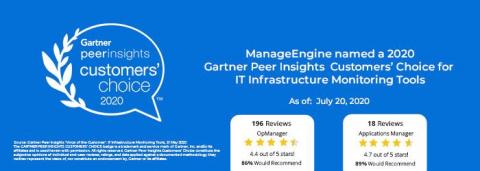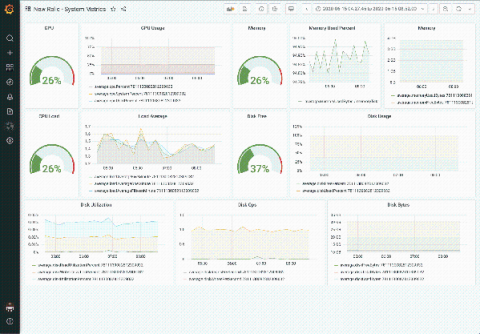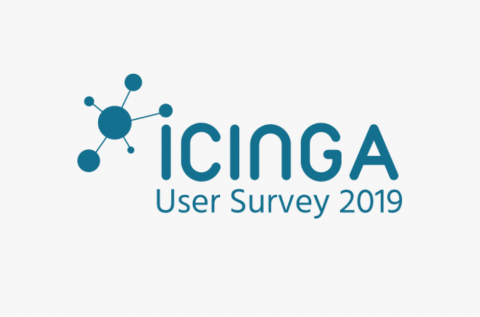ManageEngine named a 2020 Gartner Peer Insights Customers' Choice for IT Infrastructure Monitoring Tools
We at ManageEngine are excited to announce that OpManager and Applications Manager, have been named as 2020 Gartner Peer Insights Customers’ Choice for IT Infrastructure Monitoring Tools. Thanks to our customers who have reviewed our products for this distinction. To our customers, we look forward to shaping our products based on your feedback!











